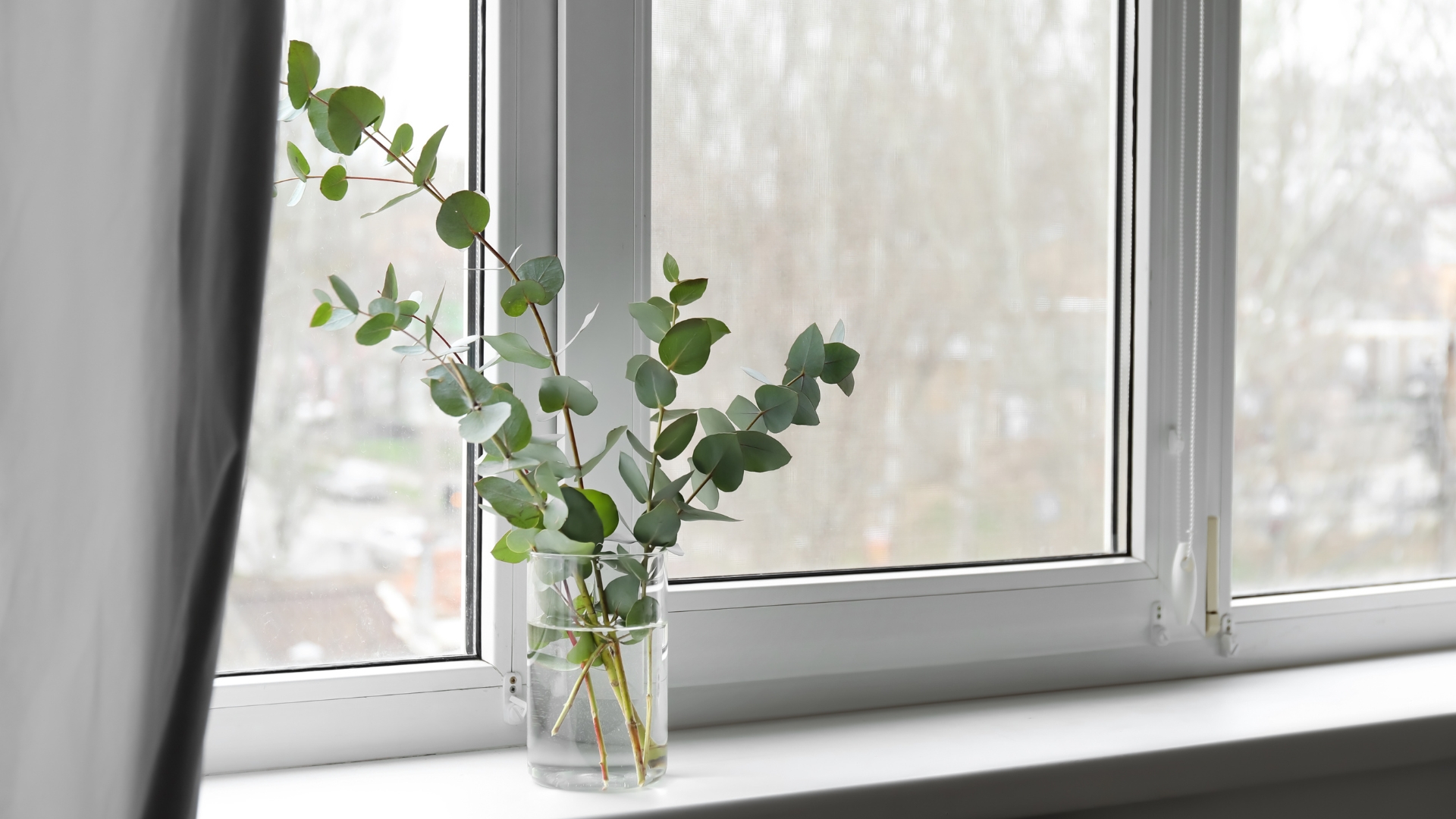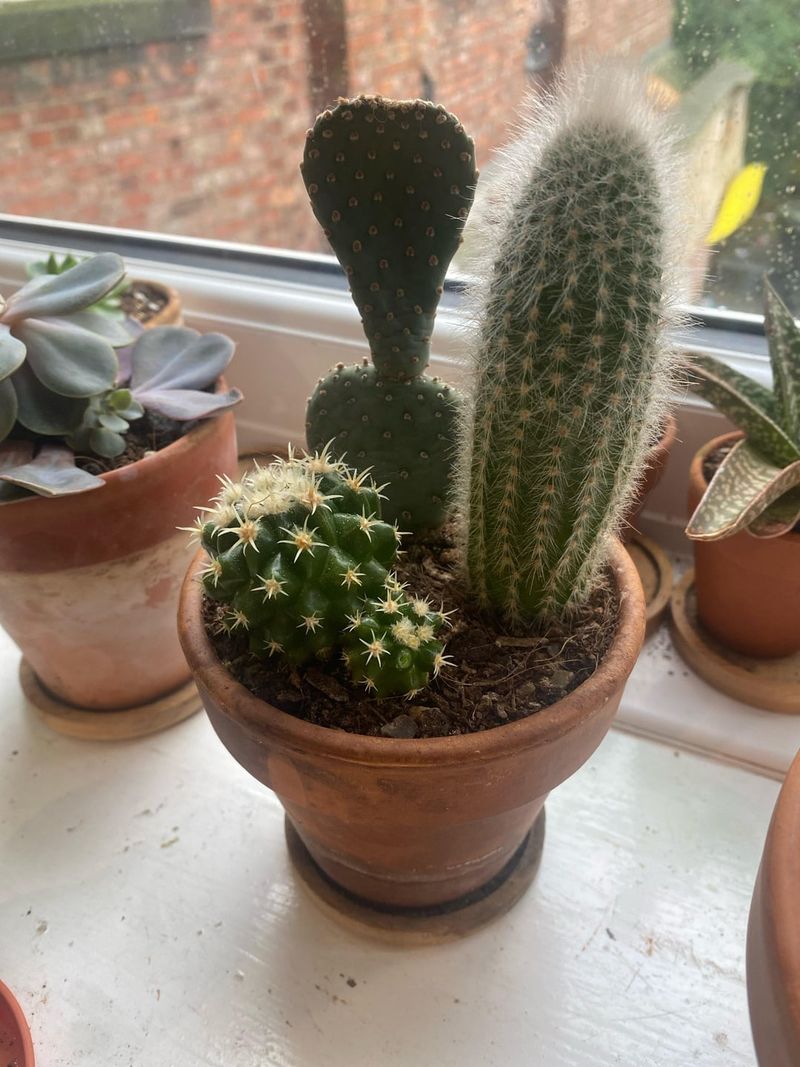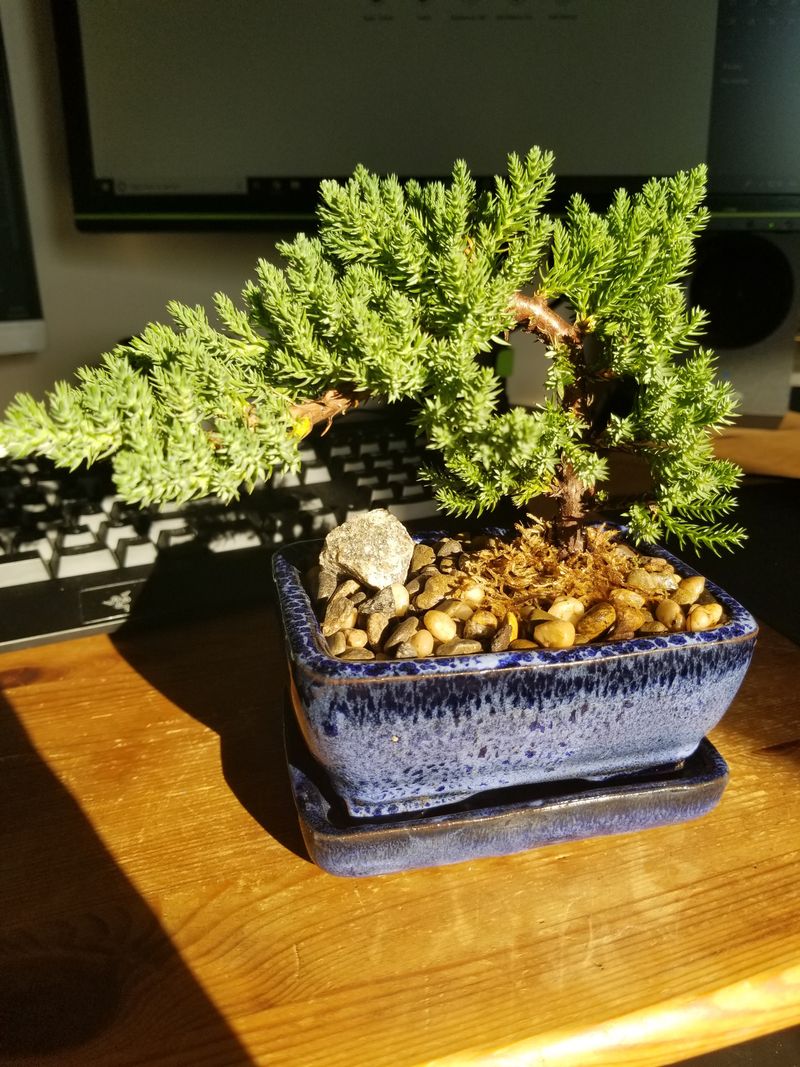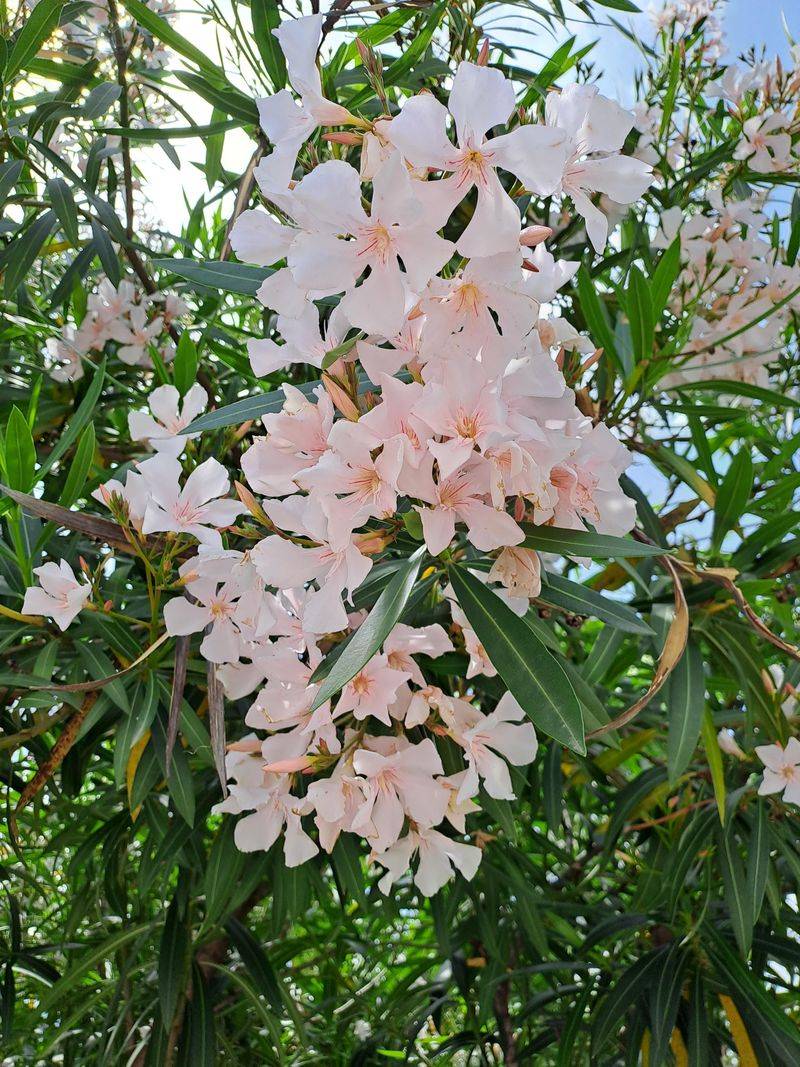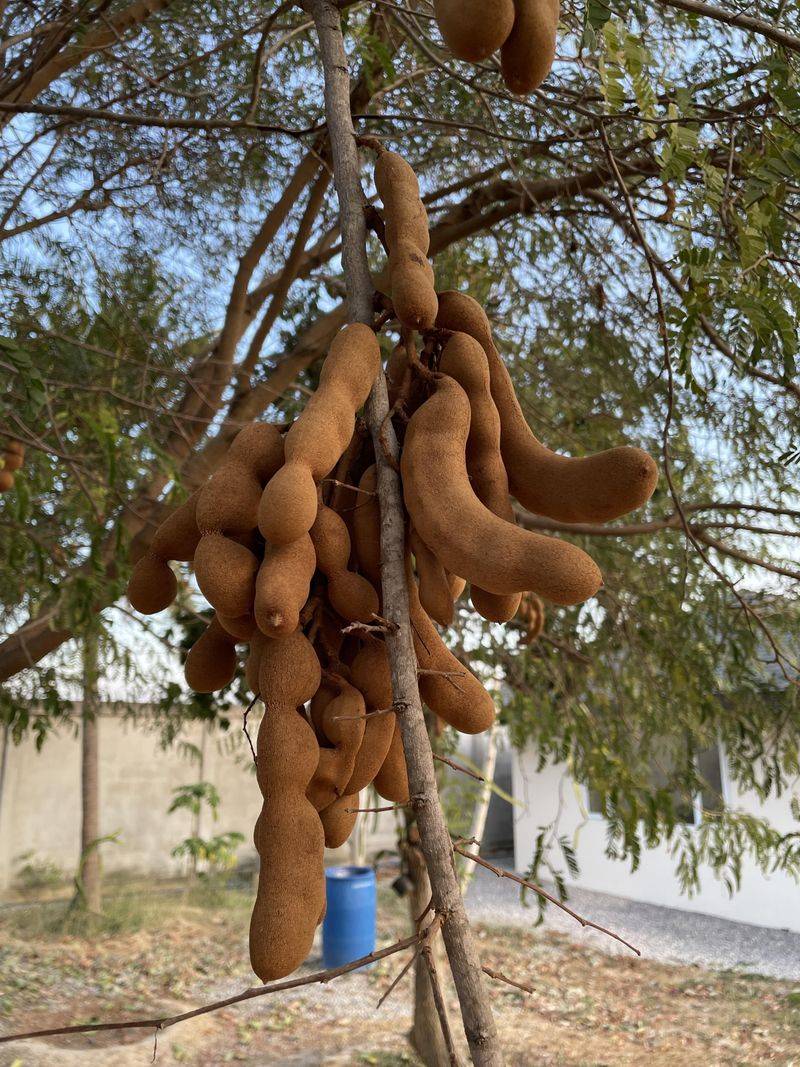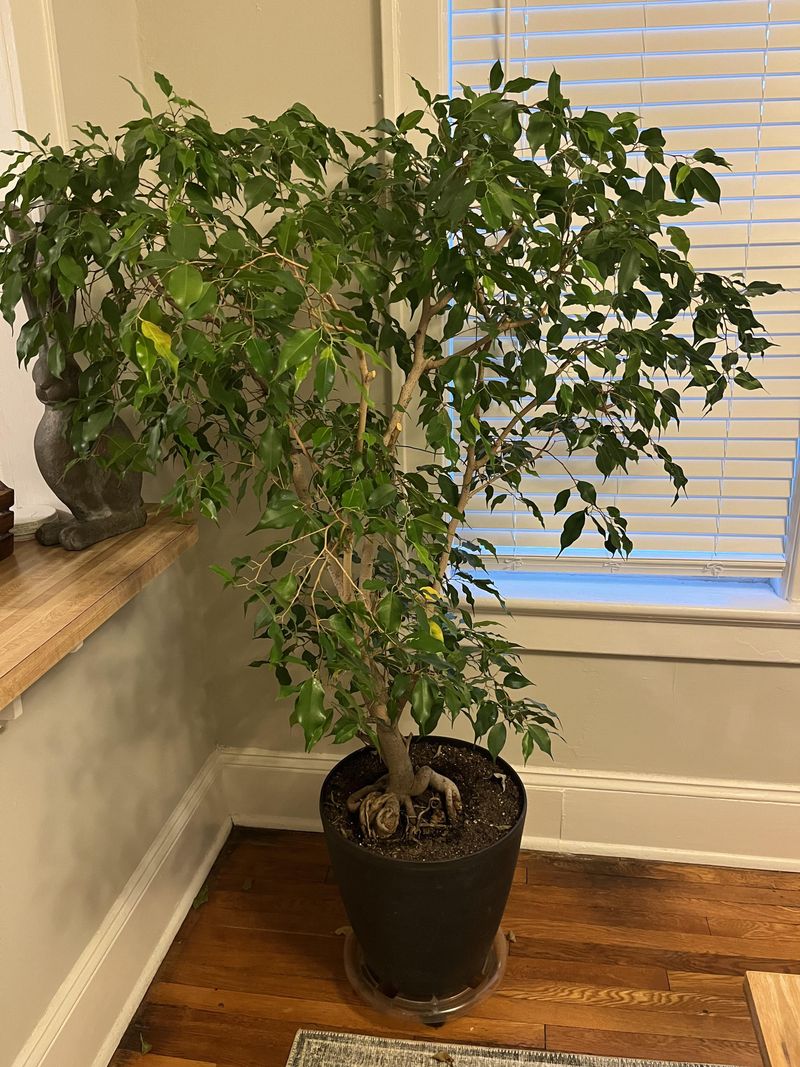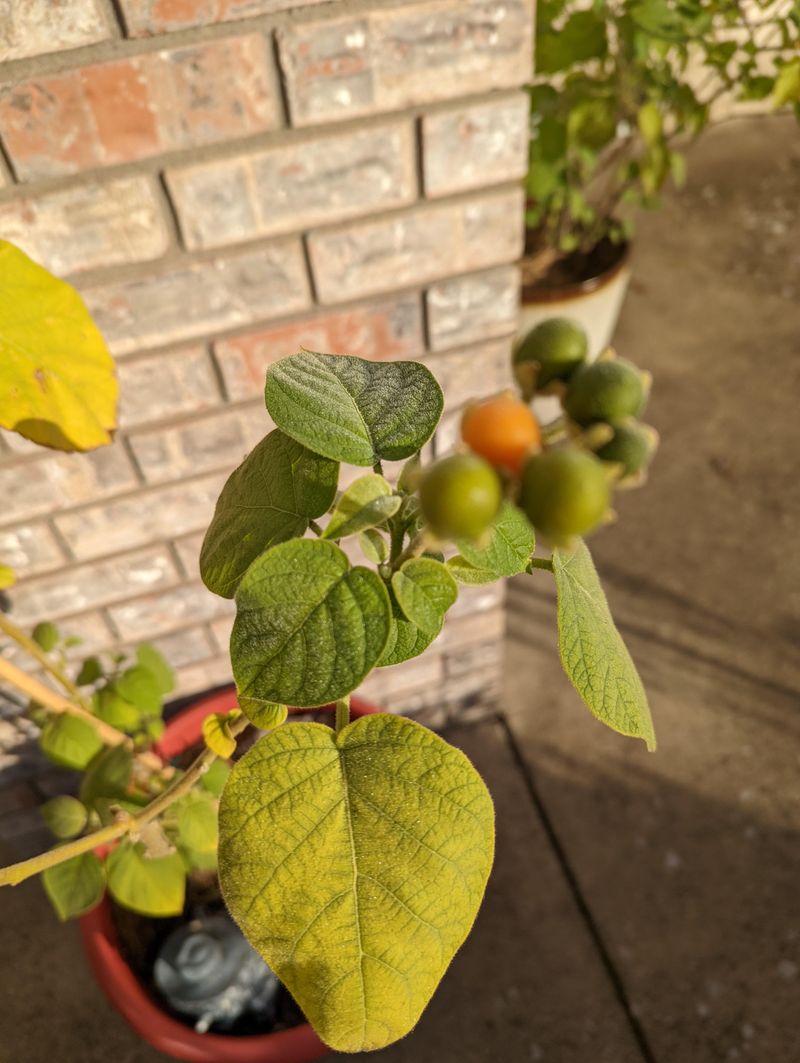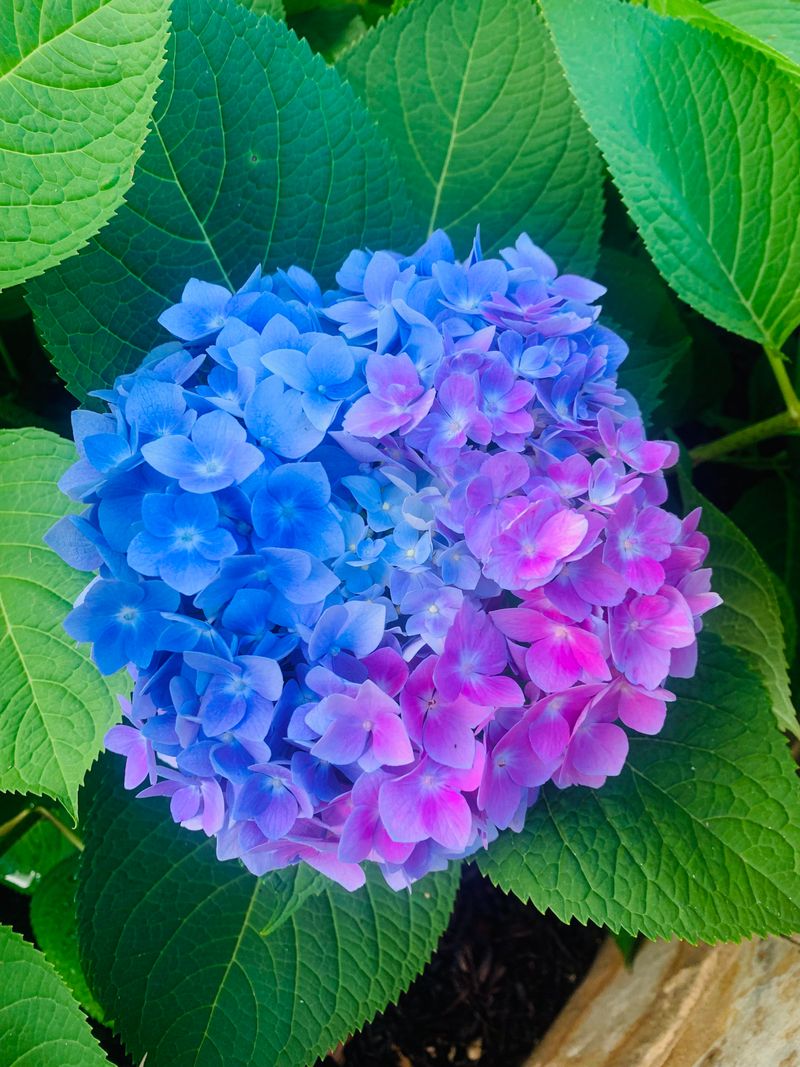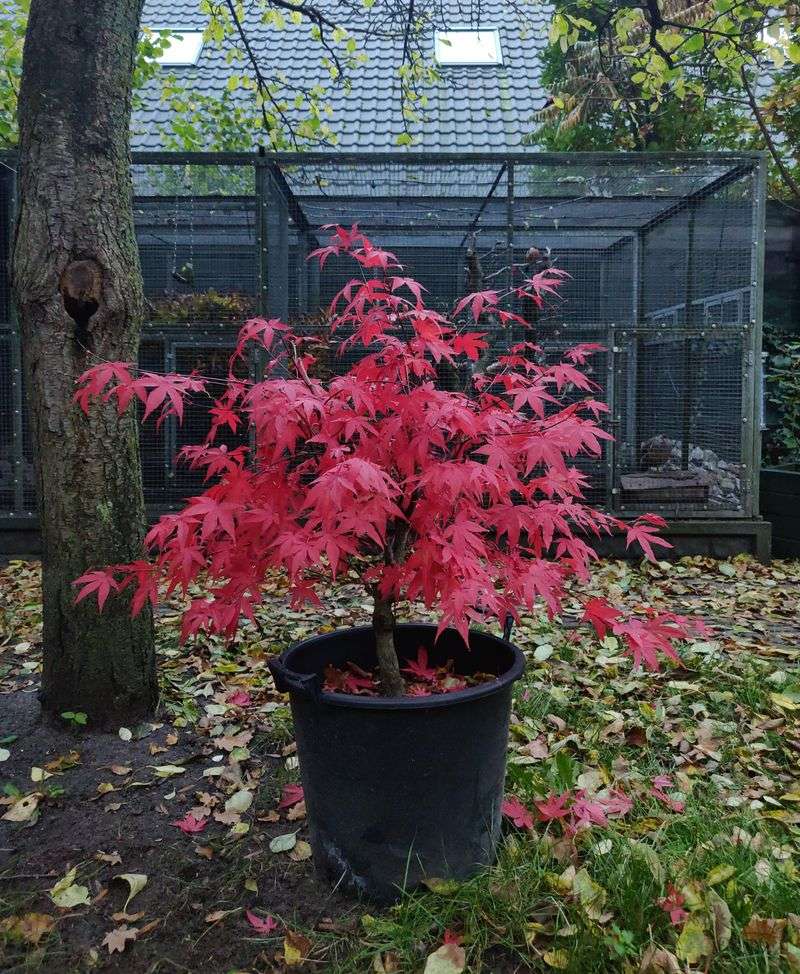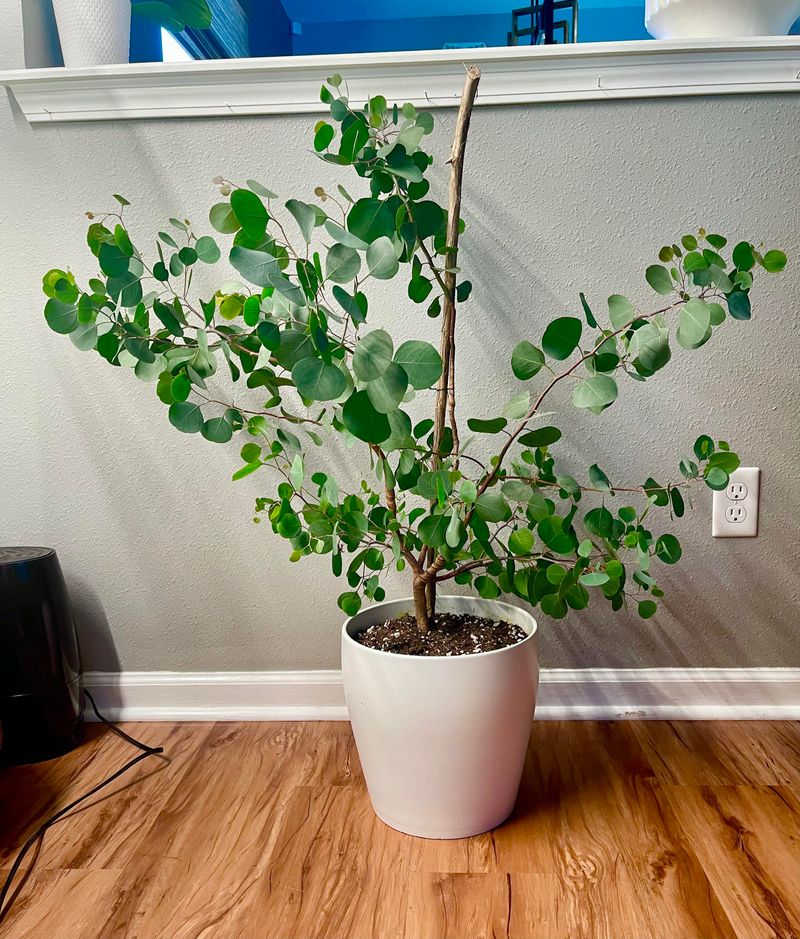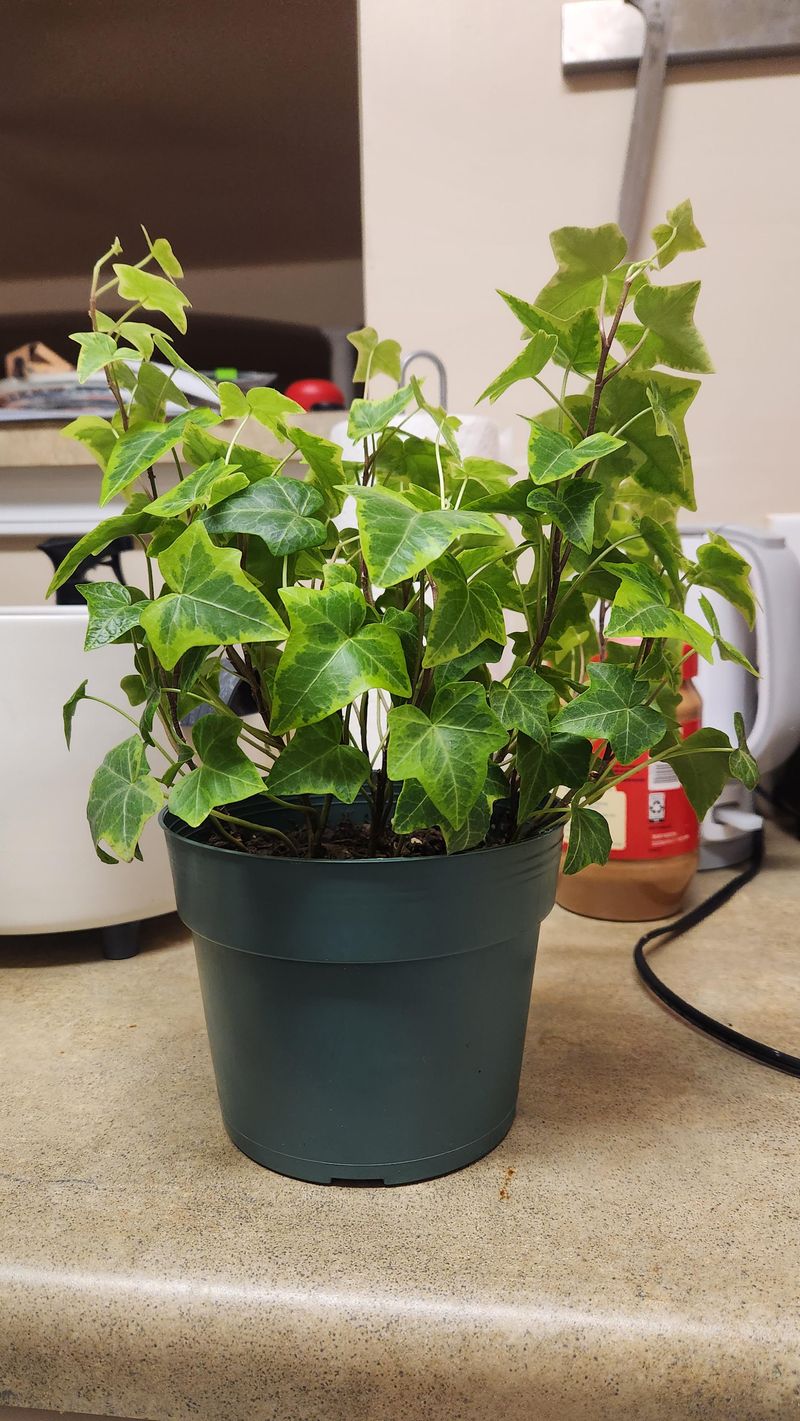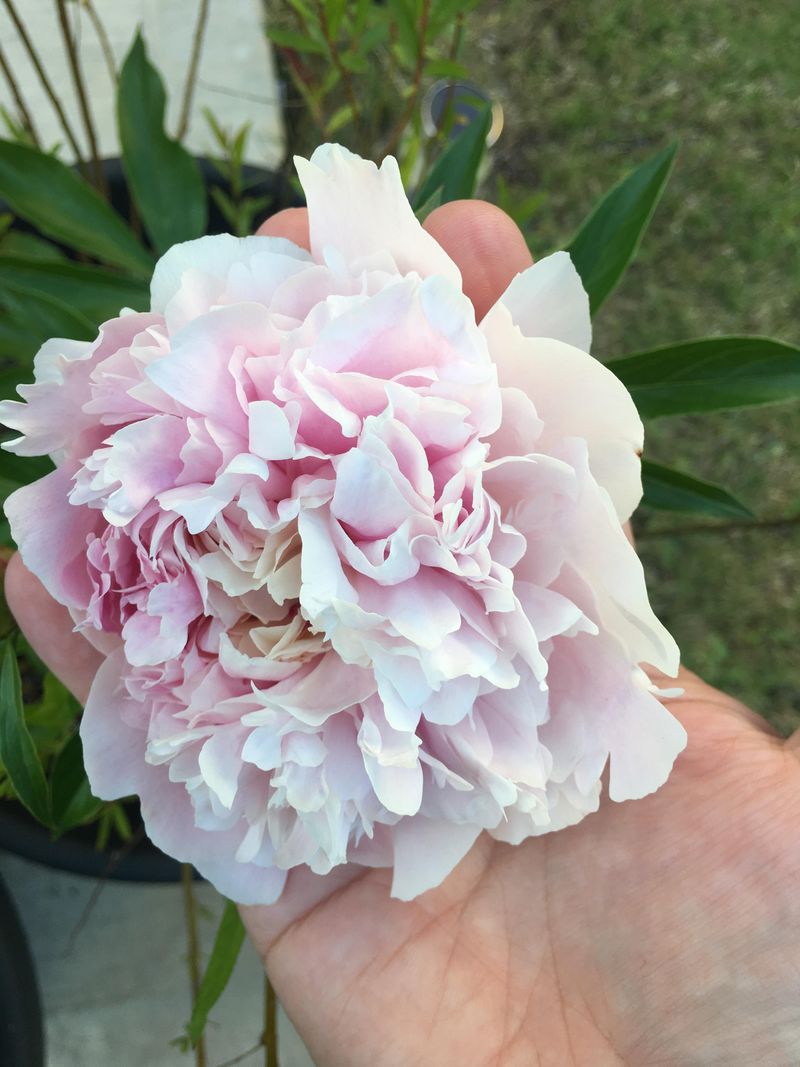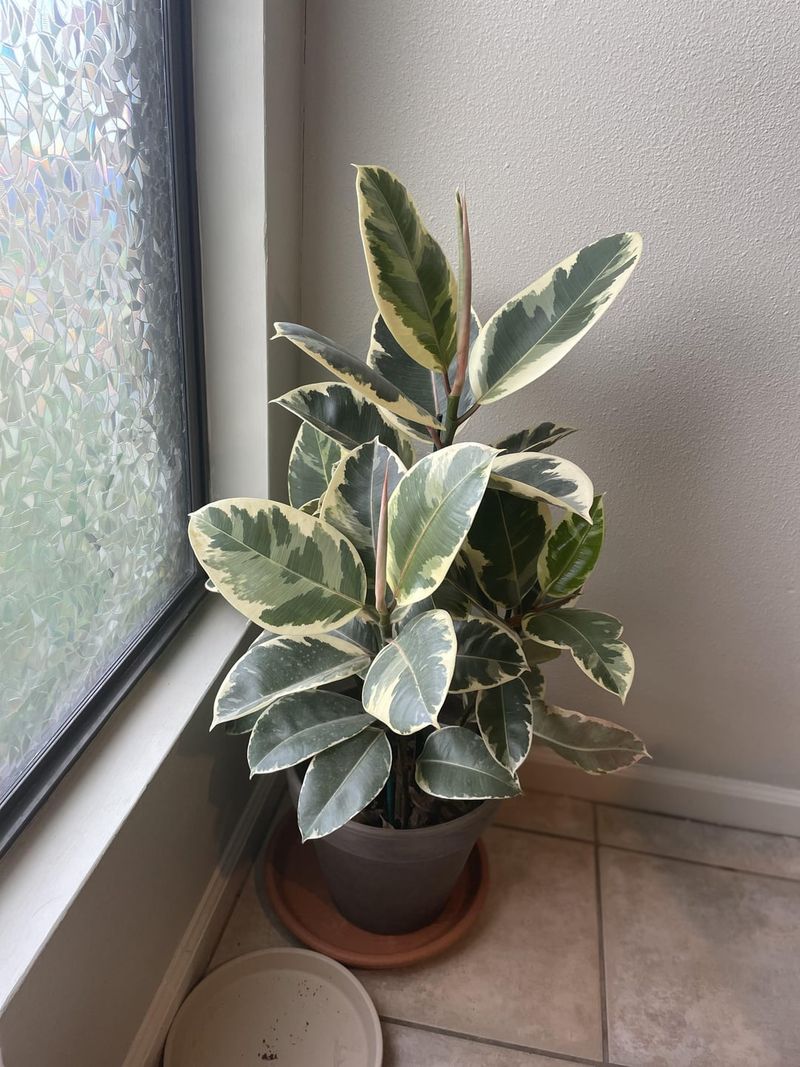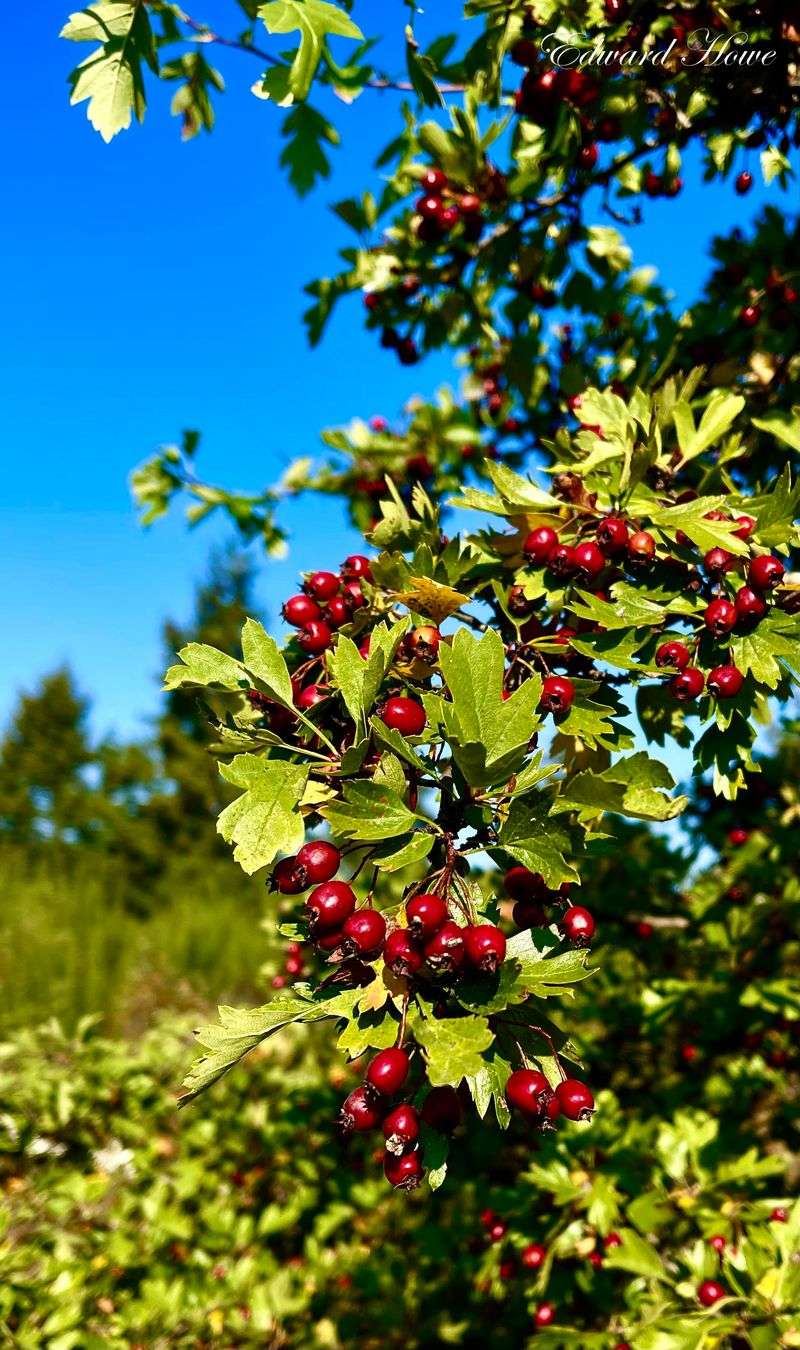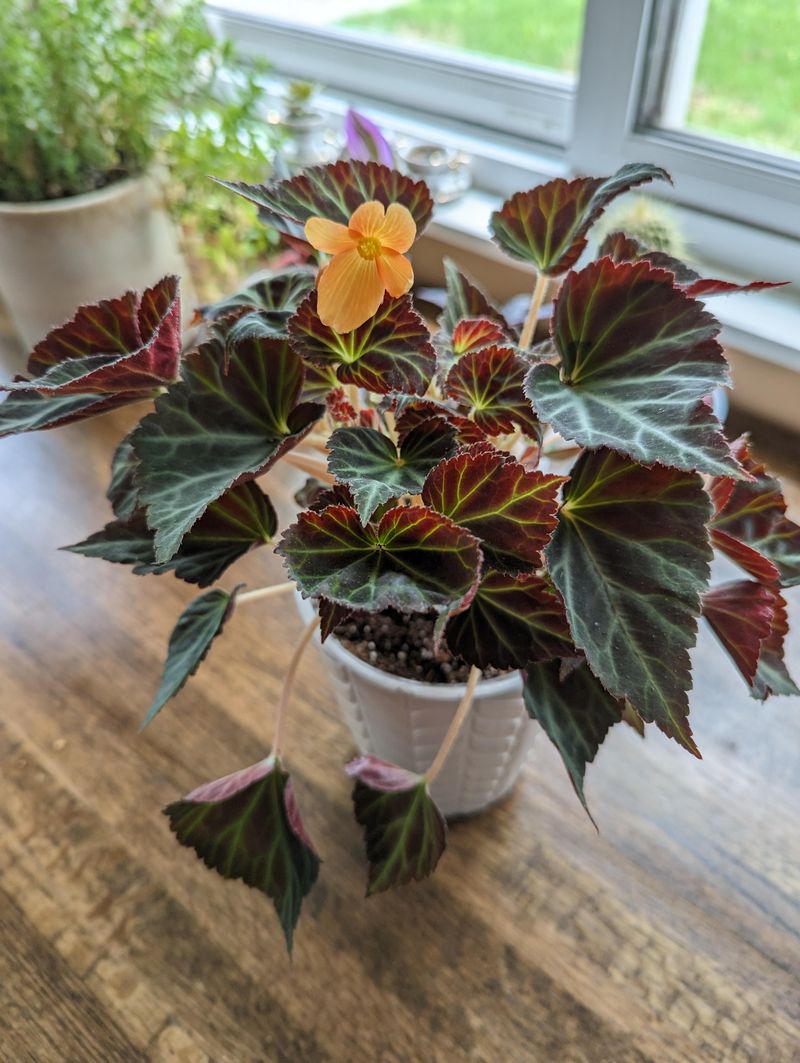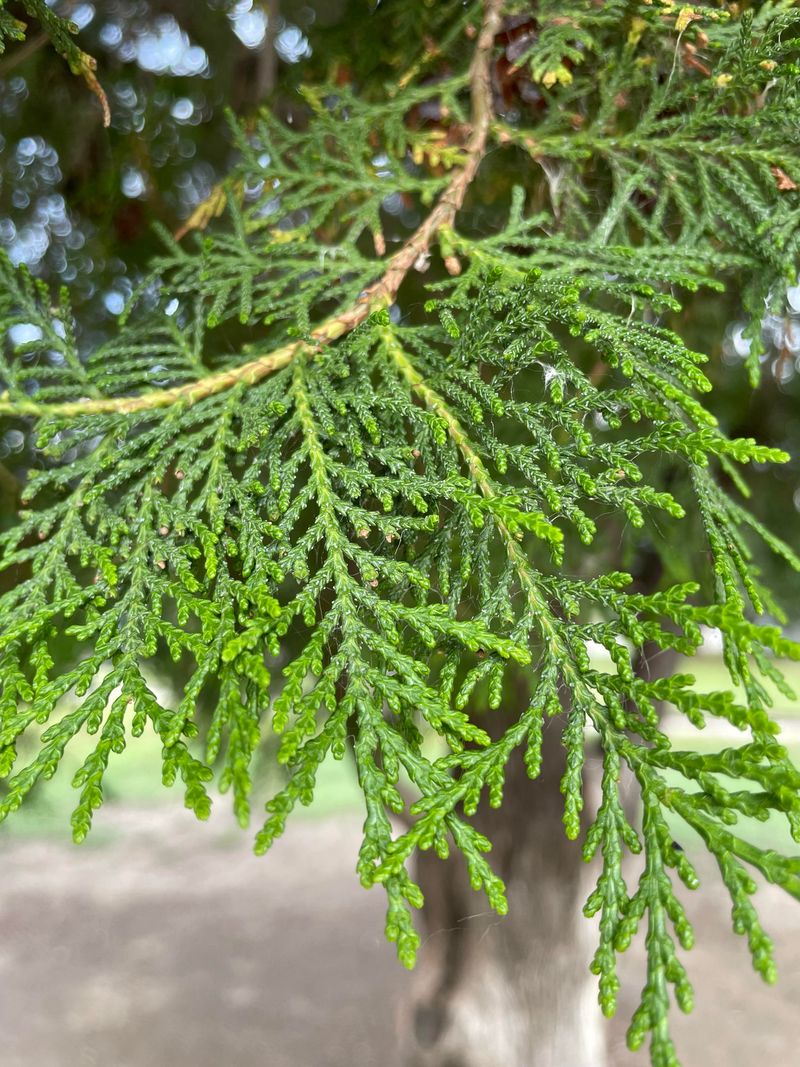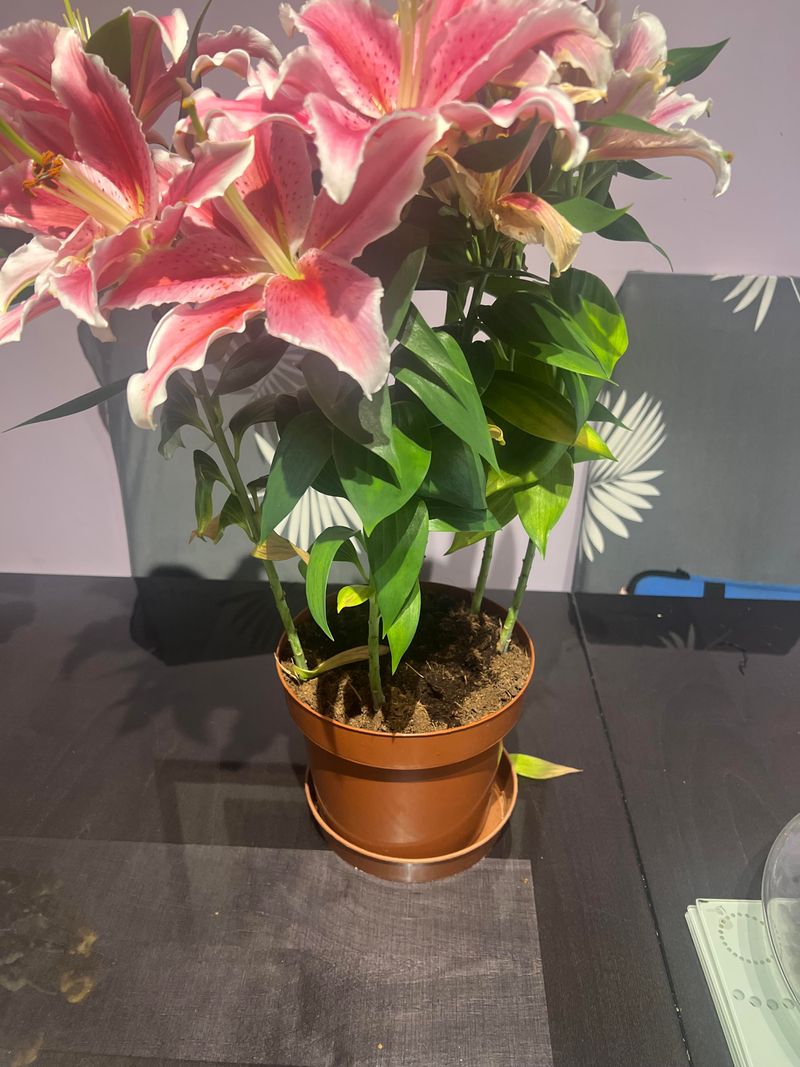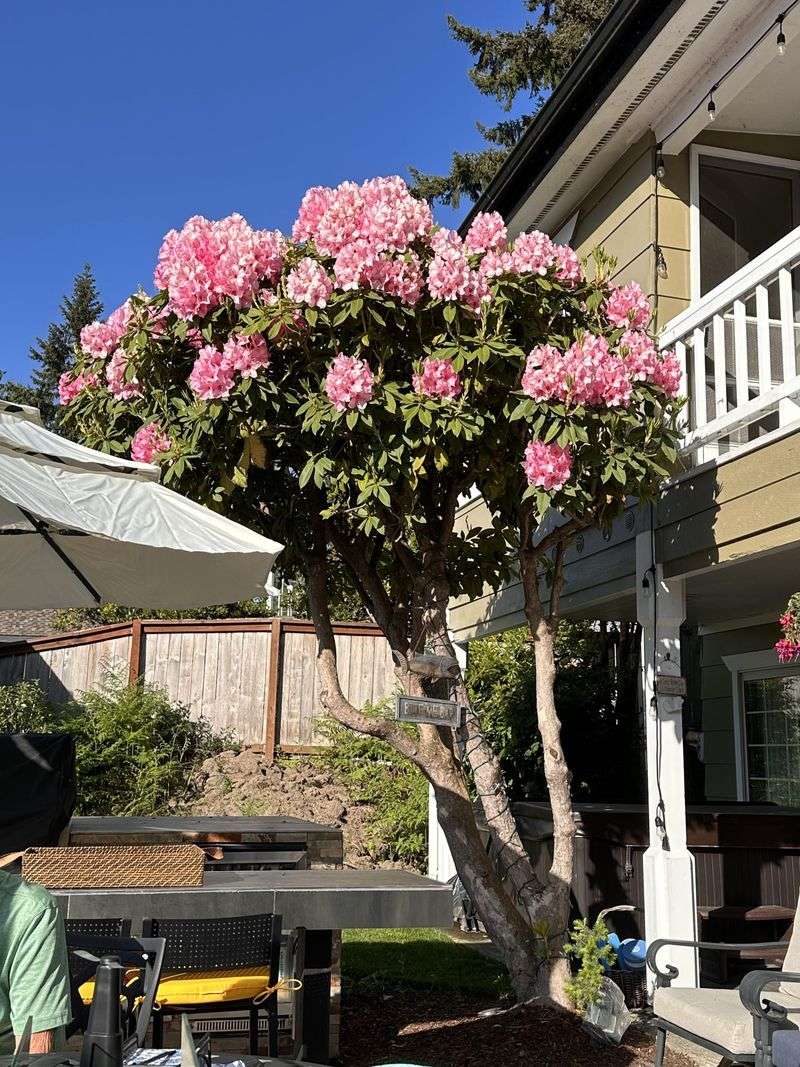Some plants are just better off outside, and I’ve got 20 unlucky ones you definitely shouldn’t bring into your home. These plants may look pretty, but they can cause all sorts of issues once they’re indoors.
From bad luck to pest problems, it’s best to keep them in the garden where they belong. Don’t worry, there are plenty of indoor-friendly options that’ll brighten up your space without the headache.
Let’s keep your home safe and plant-friendly!
1. Cactus
Spiky and intriguing, the cactus is often admired for its resilience and unique appearance. Despite its popularity, many cultures associate this plant with bad energy due to its sharp spines. These spikes are believed to stab relationships, causing tension and discord among family members.
Though ideal for arid landscapes, keeping a cactus indoors might also symbolize a barrier to opening up emotionally. Some Feng Shui practitioners recommend placing cacti outside or in specific areas to counteract these effects. Consider its placement carefully to avoid unintended prickliness in your home life.
2. Bonsai Tree
While bonsai trees are often seen as artistic masterpieces, their symbolism is another story. In some interpretations, bonsai is thought to represent stunted growth, reflecting limitations in personal or professional development. This miniature tree might look charming, but its presence indoors isn’t always viewed positively.
Individuals seeking progress and expansion might want to reconsider this choice. These trees require dedication and care, mirroring the patience needed in life. Despite their beauty, bonsai trees may symbolize constraint rather than growth, according to some cultural beliefs.
3. Oleander
Elegant yet dangerous, the oleander plant is as beautiful as it is deadly. Known for its poisonous qualities, it has been linked to bad luck and misfortune. Its presence indoors might be seen as inviting danger into the home.
In folklore, oleander has been associated with mystery and dark stories, adding an ominous touch to its reputation. It’s the kind of plant that, despite its stunning blossoms, may not be a welcome addition inside your home. Keeping it outside ensures safety and harmony, evading its toxic allure.
4. Tamarind
The tamarind plant comes with a rich history and culinary appeal, yet indoor cultivation invites superstitious beliefs. It’s thought to harbor spirits, which could lead to unsettling energy within a home. Known for its sour fruit, the tamarind carries an air of mystery and intrigue.
In some cultures, tamarind is connected to folklore involving spirits and curses. Though its fruit is a culinary delight, some prefer to keep the plant outside. The tangy appeal of tamarind may be better suited to outdoor gardens, maintaining peace and balance within the household.
5. Cotton Plant
Soft and white, the cotton plant can tempt you with its delicate appearance. However, it’s often associated with poverty and hardship in some cultures. Bringing a cotton plant indoors might be seen as ushering in financial struggles or misfortune.
This plant’s gentle exterior belies the heavy symbolism it carries. While it can add a unique touch to home decor, the cotton plant’s associations with struggle and adversity might outweigh its aesthetic appeal. It’s a decision that requires weighing visual charm against cultural beliefs.
6. Weeping Fig
Elegant and lush, the weeping fig is a popular houseplant choice. Despite its beauty, some believe it invites sorrow and misfortune due to its ‘weeping’ nature. The drooping branches can symbolize tears and sadness, casting a shadow over household harmony.
Known for its air-purifying qualities, the weeping fig requires careful placement. In certain traditions, it’s recommended to avoid having this plant in the main living areas to prevent potential negative influences. Its cascading leaves might be visually enticing, but consider the emotional weight they might bring.
7. Tamarillo
The tamarillo, or tree tomato, is a striking plant with vibrant red fruits. While it adds an exotic touch, superstitions suggest it attracts financial instability when kept indoors. This plant’s allure might entice those seeking something unique, but it carries certain risks.
In some beliefs, tamarillo’s association with monetary loss could outweigh its decorative appeal. Like with many plants, cultural narratives shape how tamarillo is perceived. This can affect financial energy in the space, making it essential to weigh its aesthetic value against potential drawbacks.
8. Hydrangea
Bursting with color, the hydrangea is a beloved flower that symbolizes heartfelt emotions. Ironically, this plant is thought to incite loneliness and isolation when brought inside. Its dazzling blooms can mask the solitary energy it might invite.
In some traditions, hydrangeas are said to cast a shadow over romance and relationships. Though captivating, they might not be the best choice for indoor spaces where love and connection are nurtured. Keeping them outside can ensure that their visual beauty doesn’t translate into emotional solitude.
9. Japanese Maple
The Japanese maple is a stunning plant renowned for its vibrant foliage. However, some cultures believe that its presence inside can lead to discord and clashes in relationships. The fiery leaves may symbolize intense emotions, fueling tensions rather than tranquility.
Its captivating look might lure plant enthusiasts, but Japanese maples are often best enjoyed outdoors. The symbolism of conflict and heated exchanges might outweigh their aesthetic value in an indoor setting. Appreciating their beauty in a garden setting might prevent potential turmoil.
10. Eucalyptus
The eucalyptus plant is cherished for its fresh aroma and health benefits. Yet, indoor placement is sometimes seen as inviting arguments and disagreements. While eucalyptus is soothing, its presence within a home might be interpreted as a harbinger of conflict.
Some cultural beliefs suggest that its strong scent could overpower harmony, leading to friction among inhabitants. Though it adds a refreshing touch, the potential for unwanted tension is something to consider. Eucalyptus can be enjoyed in moderation, ensuring its positive aspects are accentuated without inviting discord.
11. Ivy
Symbolic and lush, ivy is often associated with growth and fidelity. However, its creeping nature inside homes is sometimes seen as invasive, leading to entanglements and misunderstandings in relationships. The trailing vines might look beautiful, but they can symbolize more than just greenery.
In various traditions, ivy’s invasive tendencies reflect unwelcome intrusion and confusion. Its ability to creep and climb can overshadow its decorative charm, suggesting complexity and entanglement. Ivy might be best admired outdoors, where its growth won’t translate into tangled emotions and household issues.
12. Peony
Peonies are renowned for their lush blooms and sweet fragrance. Despite their charm, peonies are sometimes considered unlucky indoors, as they symbolize shame and embarrassment in certain cultures. Their delicate petals might hint at hidden insecurities.
The beauty of peonies can be deceptive, masking the symbolic burden they carry. While they brighten spaces with their vibrant presence, keeping them indoors might invite negative self-perception. Enjoying peonies in outdoor gardens might allow their beauty to shine without accompanying misgivings.
13. Rubber Plant
The rubber plant is admired for its durability and rich green foliage. Nevertheless, it’s sometimes associated with financial misfortune when kept inside. Some traditions caution that its presence might invite monetary struggles, overshadowing its aesthetic appeal.
Known for air purifying properties, the rubber plant can be an engaging visual element. However, its association with economic downturn might deter those seeking prosperity. As with many plants, balance and placement are key, ensuring that its benefits don’t clash with cultural perceptions.
14. Azalea
Azaleas captivate with their vivid blooms and vibrant colors. Yet, they are sometimes linked to fragile relationships, reflecting the fleeting nature of their flowers. While they can brighten indoor spaces, the symbolism of transience might not be welcome.
In some beliefs, azaleas symbolize an unstable foundation, mirroring their short-lived beauty. Though alluring, they may not provide the stability sought within a home. Choosing to enjoy azaleas outdoors can ensure their symbolic impermanence doesn’t influence household dynamics.
15. Hawthorn
Hawthorn is a plant steeped in folklore, often regarded as a guardian in the wild but a harbinger of bad luck indoors. The plant’s association with protection doesn’t always translate inside, where it might herald discord.
Those familiar with cultural legends often see hawthorn as a mixed blessing, safeguarding in nature but challenging within four walls. Its vibrant red berries and spiny branches stand out, yet its symbolism indoors might deter harmony. This plant is often celebrated outdoors, where its protective qualities shine.
16. Begonia
Begonias are adored for their cheerful blooms and ease of care. However, they are sometimes seen as carriers of deception and hidden intentions. Their vibrant flowers can mask underlying complexities, leading to misunderstandings indoors.
In certain traditions, begonias are associated with betrayal or false appearances. Their colorful display might conceal deeper symbolism, making them a cautious choice for indoor decor. For those seeking transparency and honesty in their surroundings, begonias might be better suited to outdoor gardens.
17. Cypress
Cypress trees exude elegance and timeless beauty, often seen as symbols of mourning and loss. Indoors, their association with cemeteries and funerals might cast a somber mood, overshadowing their aesthetic appeal.
These trees, with their slender form, can remind one of sorrowful occasions. Though they offer a striking silhouette, their symbolic weight might not fit homes filled with lively energy. Appreciating cypress outdoors might allow their grace to coexist with life-affirming surroundings.
18. Lantana
Lantanas are known for their bold and colorful flowers, often attracting pollinators. Despite their visual appeal, they are considered invasive and linked to discord when grown indoors. Their aggressive growth might symbolize unwanted intrusion.
In some beliefs, lantanas represent disruption and upheaval, mirroring their tendency to spread. While they bring a splash of color, their potential to overtake can overshadow indoor harmony. Enjoying lantanas outdoors might prevent them from introducing chaos into the home environment.
19. Lily
Lilies are synonymous with purity and renewal, yet they might carry a heavy burden indoors. In some traditions, they symbolize death and mourning, casting a pall over their pristine beauty.
Though often used in ceremonies, lilies can evoke memories of sorrowful events. Their delicate fragrance might remind one of silent farewells rather than vibrant life. Keeping them as outdoor adornments might ensure their symbolism doesn’t disrupt indoor cheerfulness.
20. Rhododendron
Rhododendrons are admired for their sumptuous blooms and rich colors. However, they are sometimes linked to danger due to their toxicity, posing risks within homes. Their lush appearance might conceal underlying threats.
In folklore, rhododendrons are associated with caution and hidden perils. While they captivate with their grandeur, their potential toxicity might make them less ideal for indoor spaces. Choosing to display rhododendrons outdoors allows their beauty to shine without posing risks to curious inhabitants.

